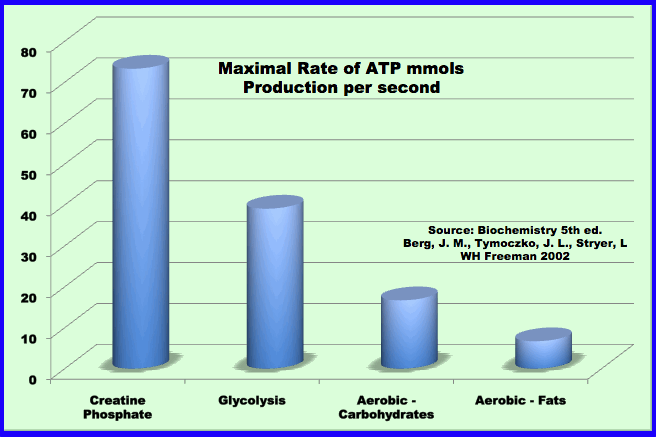Felt_Rider wrote:
Kiwicoach wrote:
But for the purposes of identifying strengths and weakness's of riders and for determining if the training has been effective, it's working pretty well.
I know you have the education background to go deep in the discussions if you want, but I appreciate how you keep things practical for the average person training.
I know for all that is going on in my busy life I will stick with this because it has been effective enough without a lot of complexity. I can see from each training session as the weeks roll on if I am progressing or not. I can sense that I am recovering while increasing the training load as the weeks progress. I can see that on the same outdoor course that my finishing time is getting better. Therefore, I will camp out right here in your quote.
Kiwicoach wrote:
The best measure of performance is performance itself.Thanks!!
Goes from a process of discovery for a rider to find their strengths and weakness, go back and test those weakness's, train those weakness, focus on areas of strength, maximise those strengths and race to those strengths.
If all you do is 4000m IP or a 40-km time trial, performance is pretty easy to quantify. 4min power in IP position, or 45-50min power in time trial position. Complexity comes in for road racing, or adding other events on the track, and the ever changing nature of road racing where the dynamics change in a race, in the same race from date to date, and with different courses, conditions and competition .
That's where some more general metrics like PMAX, PMAX/FRC, FRC, FRC/FTP, FTP and Stamina help to profile a rider, or even as simple as 5s, 1min, 5min and 20min to get an overall picture of the riders power to select events they will perform best in, and then focus on the specifics of that event within the time frame available.
What I am focusing my studies on, is recoverability. Current models don't do this very well, especially in mass start track cycling events, or to understand why riders doing Kilo or Pursuit fail to match their qualifying effort in the final 3-6 hours later.
Understanding the underlying physiology is crucial to developing better models of performance. The rider understanding this, however, is not going to enhance their performance.
Hamish Ferguson: Cycling Coach


